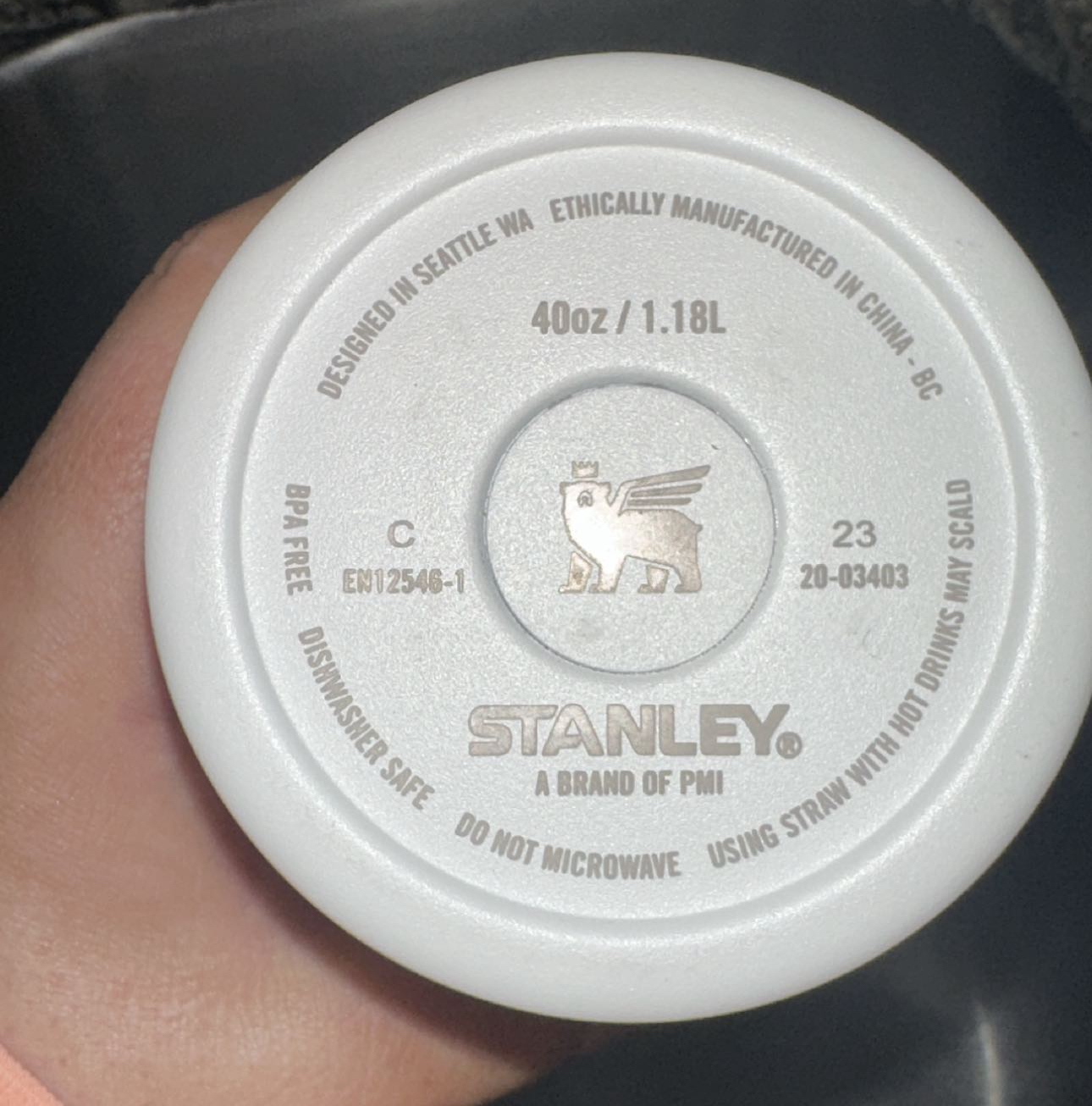The viral Stanley mugs and tumblers that have been flying off shelves have come under recent scrutiny online over concerns they contain lead. Stanley is now addressing the rumors.
At the bottom of every Stanley is a circular barrier that is used to seal the insulated cups. It is under that enclosed cap where a small amount of lead can be found, a spokesperson for Stanley told NBC’s Today. However, there is no risk for exposure unless that cap comes off, which is “rare,” the spokesperson said.

Stanley said it is however looking into using different materials.
“Our engineering and supply chain teams are making progress on innovative, alternative materials for use in the sealing process,” the spokesperson said.
In a separate statement to WCNC, Stanley stressed that all of its products follow U.S. regulatory requirements.
The company is legally allowed to use bits of lead in its manufacturing process. There is no risk of lead exposure unless the bottom cap comes off, a person touches it, then touches their mouth or nose. In the unlikely event the cap detaches, the customer can submit a claim through the company's lifetime warranty.
The lead exposure concerns began when posts started circulating on social media of people conducting at-home lead tests on their Stanleys. It was not clear which parts of the products were being tested, but the results were mixed.
Lead poisoning happens following exposure for months or years, with even small amounts being dangerous to one’s health, according to Mayo Clinic. At very high levels, lead poisoning can be fatal.
The CDC tracks lead-related recalls on a variety of products here.
SEE MORE: Why are Stanley cups so popular and selling for hundreds of dollars?
Trending stories at Scrippsnews.com


